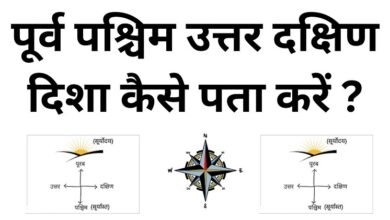Tricks And Tips
Quantitative Aptitude Tricks and Tips for Competitive Exams

Aptitude Tricks And Tips
Competitive exams demand a combination of knowledge and smart strategies to crack them successfully. Among all the sections, quantitative aptitude plays a pivotal role. However, solving quantitative problems can be time-consuming. To overcome this challenge, let’s explore some quantitative aptitude tricks that will help you ace your exams.
Number Series:
- Understand the pattern behind number series questions. Look for arithmetic or geometric progressions.
- Use the difference between consecutive terms to identify the rule governing the series.
Simplification:
- Simplify complex expressions by applying BODMAS (brackets, orders, division, multiplication, addition, and subtraction) rules.
- Break down lengthy calculations into smaller steps.
Percentage:
- Understand the concept of percentages and their applications. Click Here
- Use shortcuts to find percentages of numbers (e.g., 10%, 20%, etc.).
Profit and Loss:
- Learn the basics of profit and loss calculations.
- Use shortcuts to find the selling price, cost price, and profit percentage.
Ratio and Proportion:
- Understand the relationship between quantities.
- Solve problems related to mixing different ingredients or dividing resources. Aptitude Tricks And Tips
Time and Work:
- Use the concept of work done per unit of time.
- Solve problems involving multiple workers or varying work rates.
Time, Speed, and Distance:
- Understand the relationship between time, speed, and distance.
- Use formulas, like
.
Algebra:
- Brush up on algebraic expressions, equations, and inequalities.
- Solve linear and quadratic equations efficiently.
Probability:
- Understand the concept of probability.
- Use shortcuts to find the probability of events.
Mensuration
Remember, practice is key! Regularly solve mock tests and previous years’ question papers to reinforce your understanding of these topics. Additionally, circle keywords within the problem statements to identify crucial information. I hope you find these tips helpful! If you have any more questions or need further assistance, feel free to ask. Good luck with your competitive exams!




